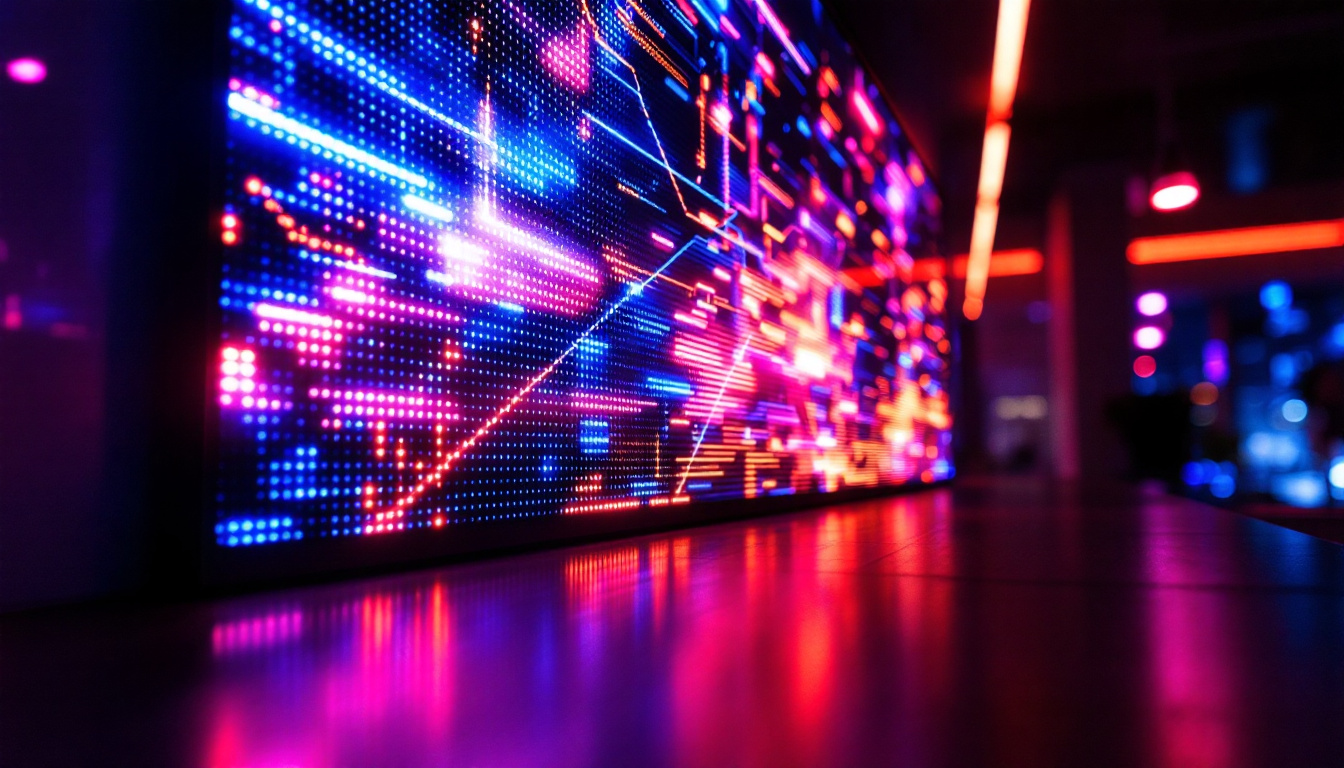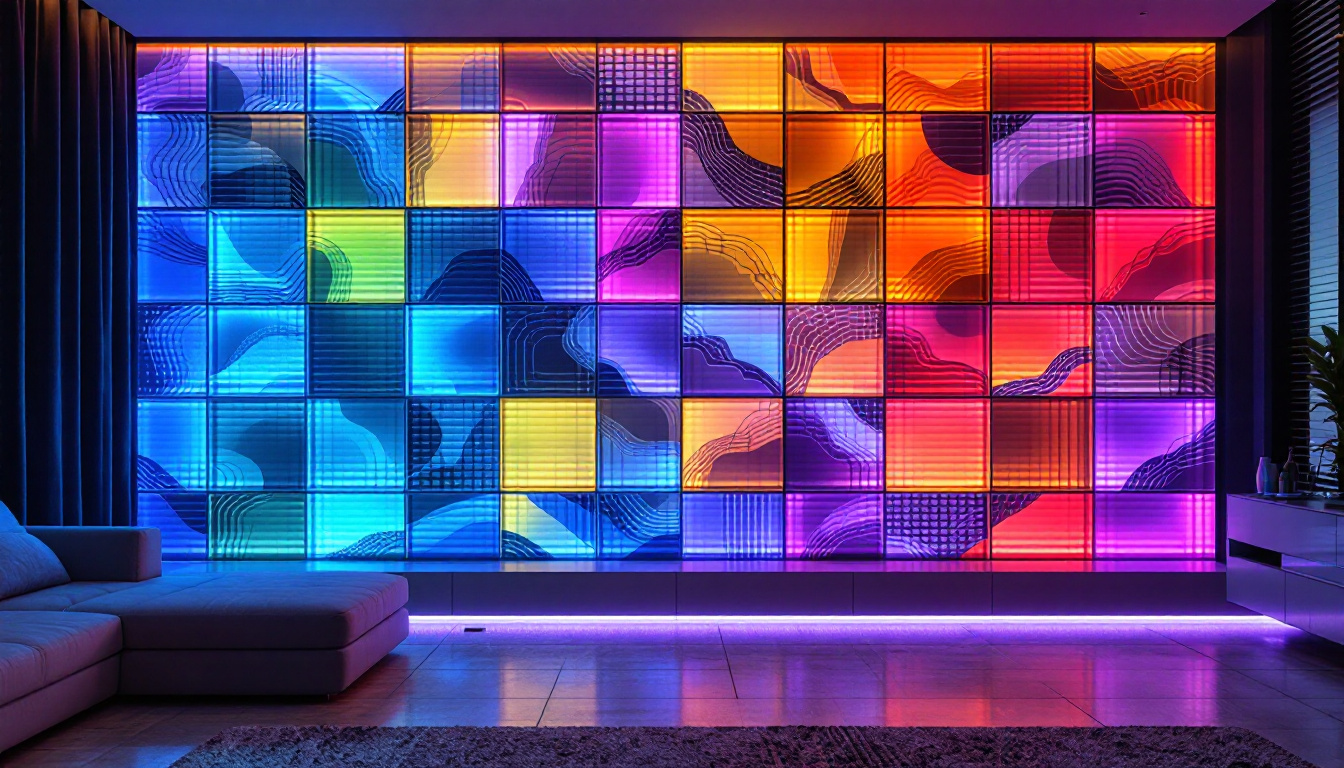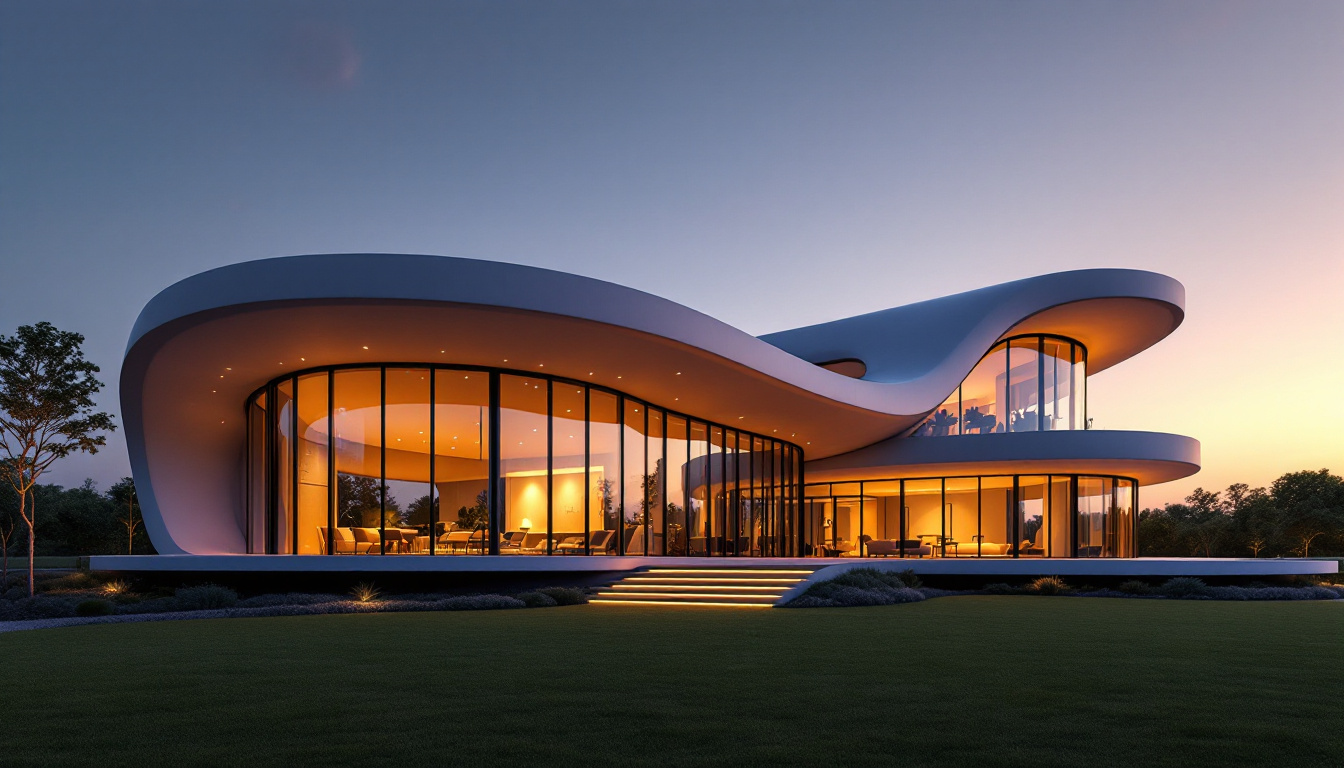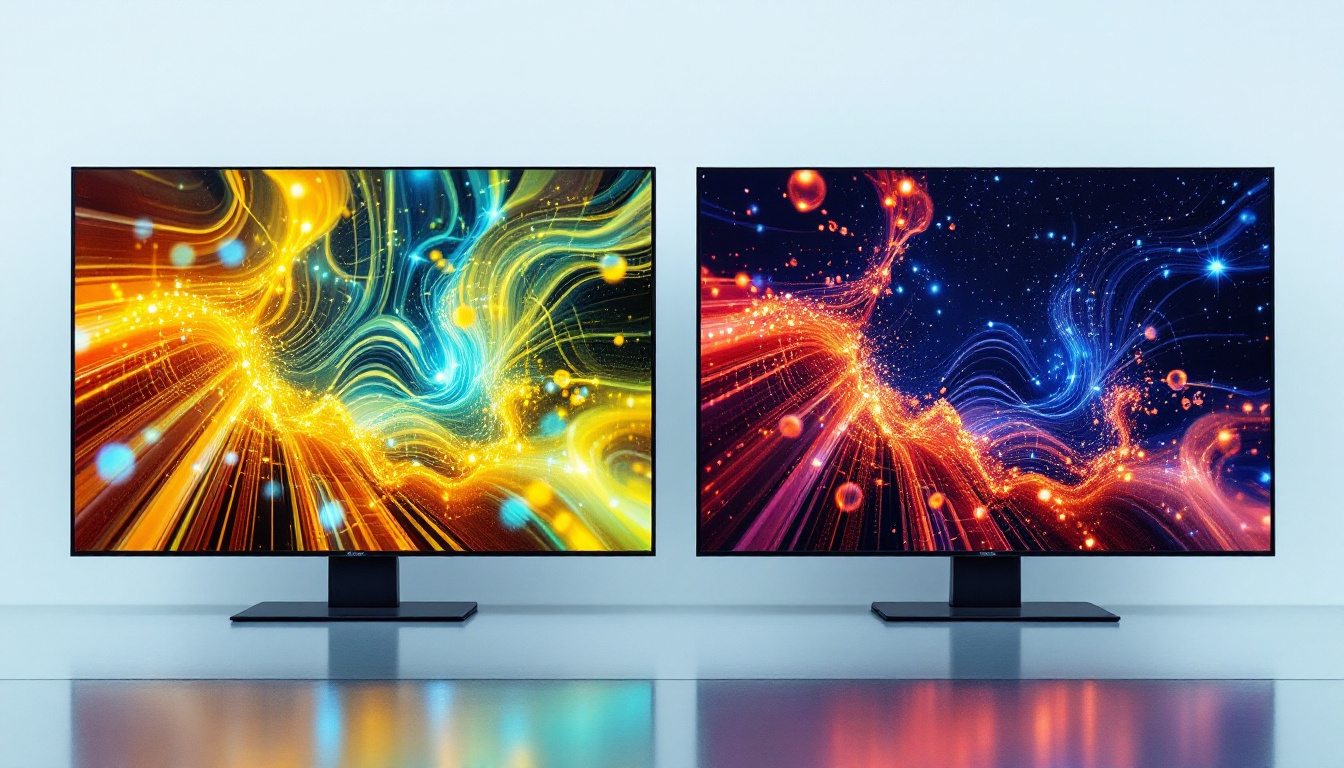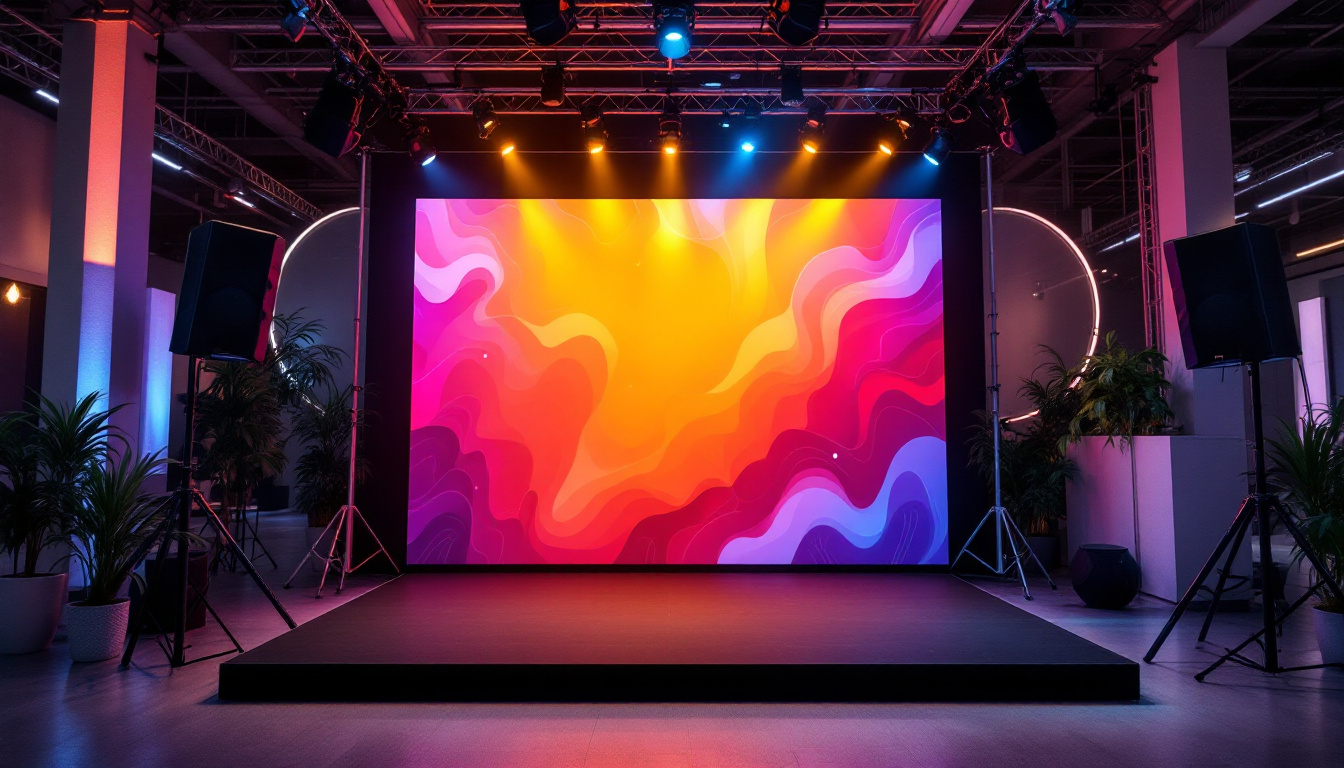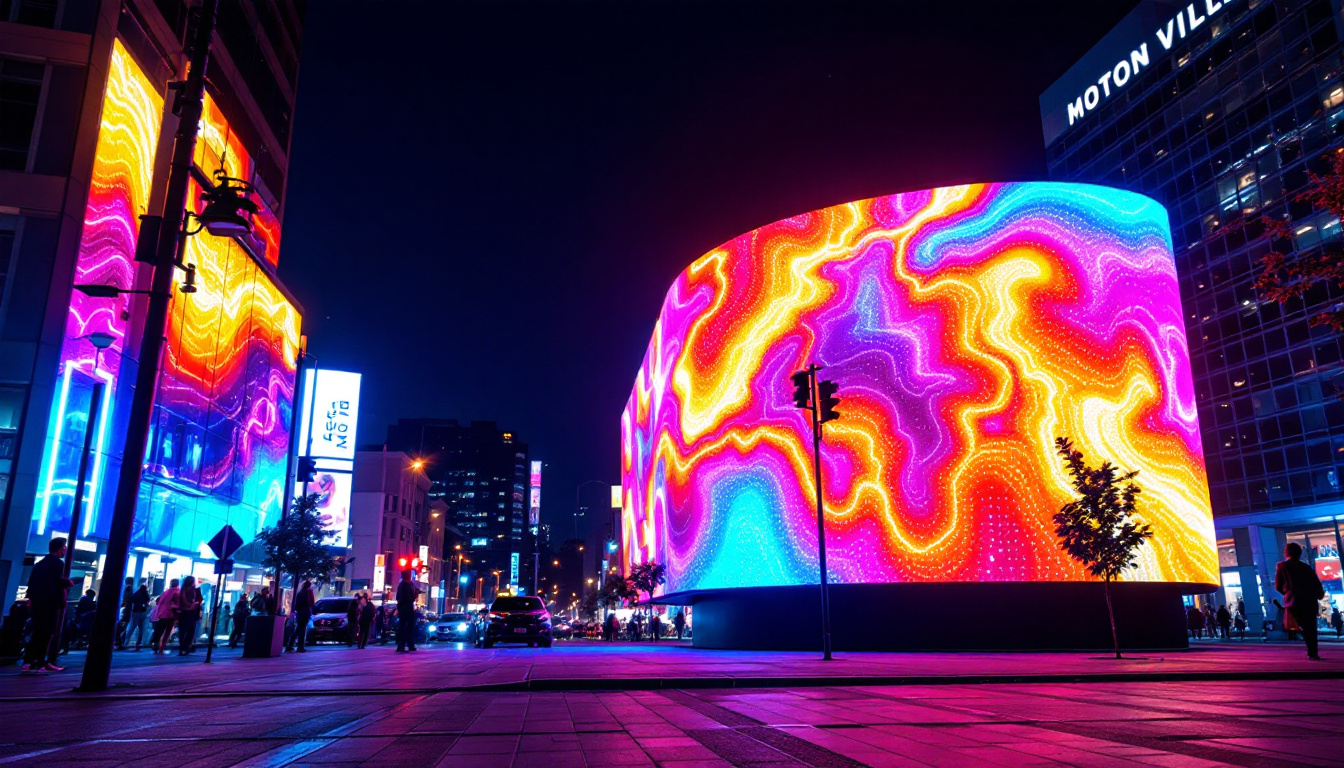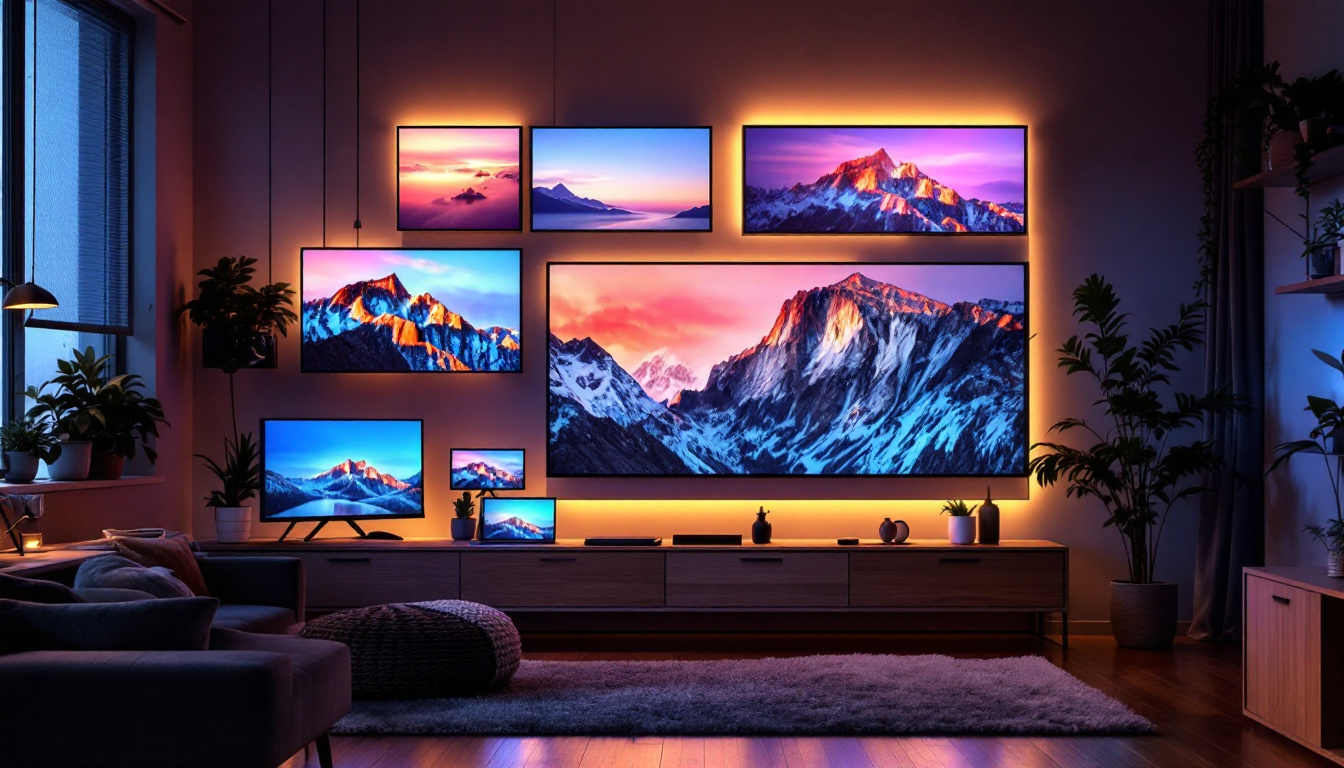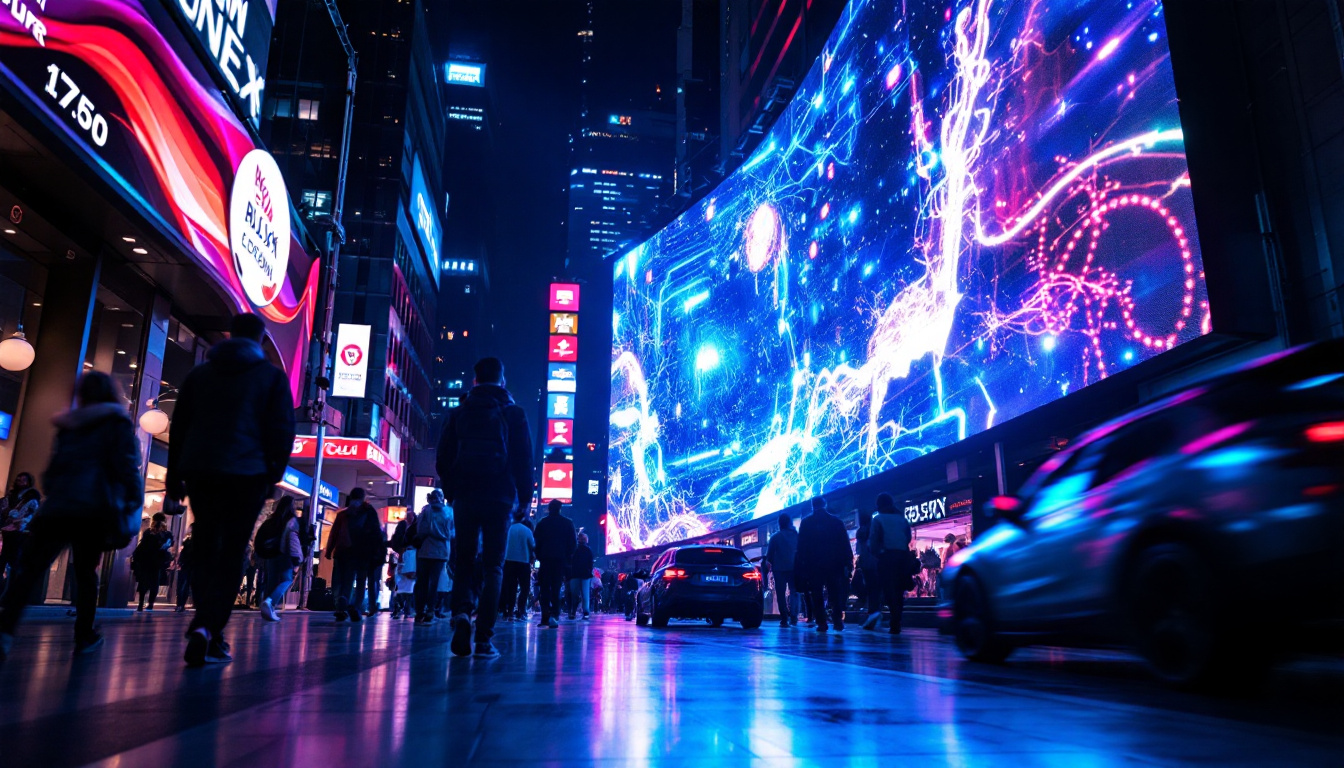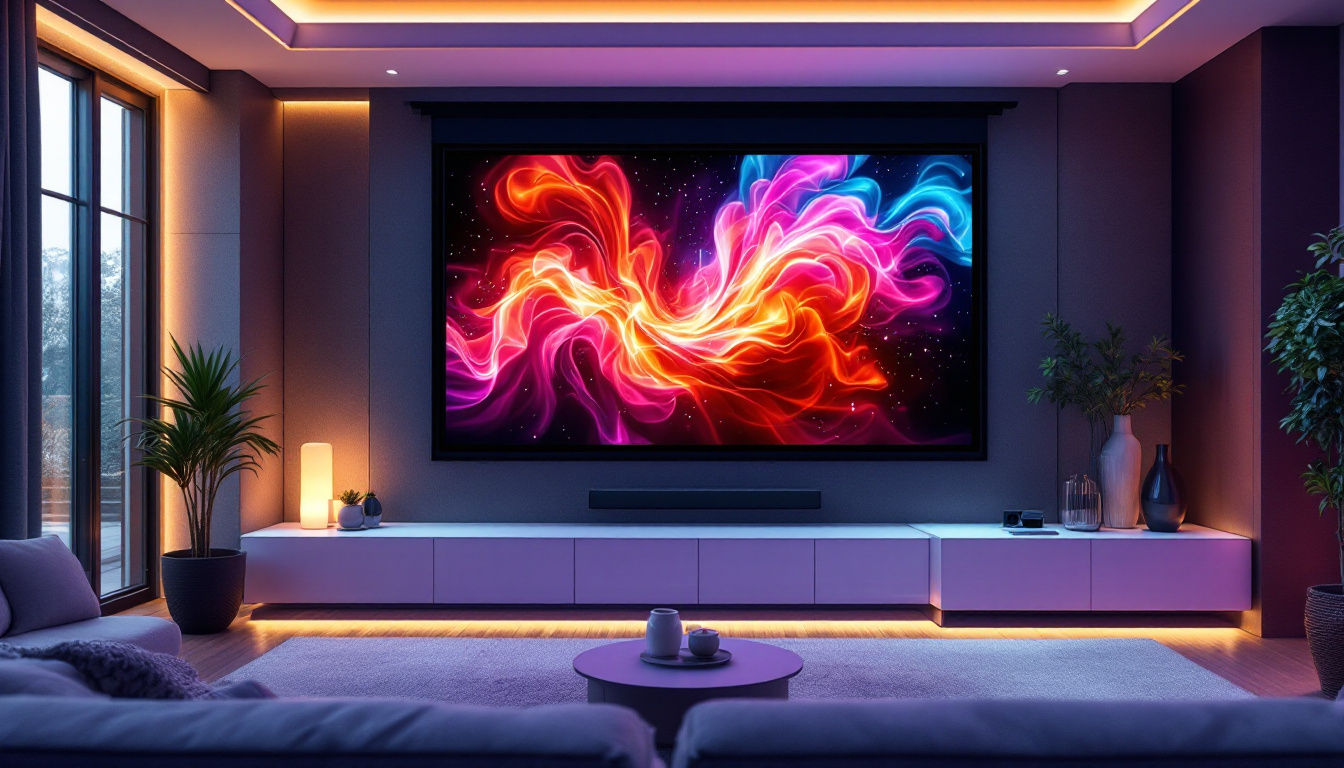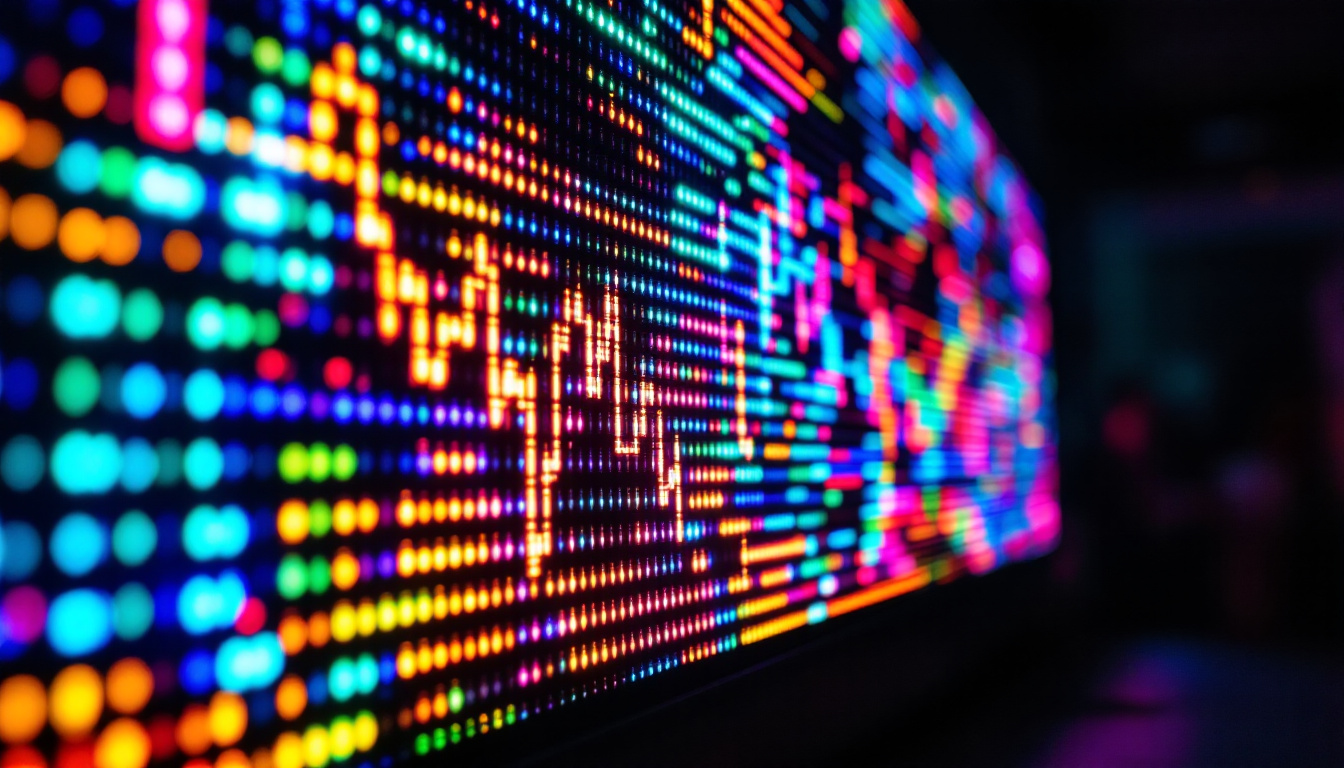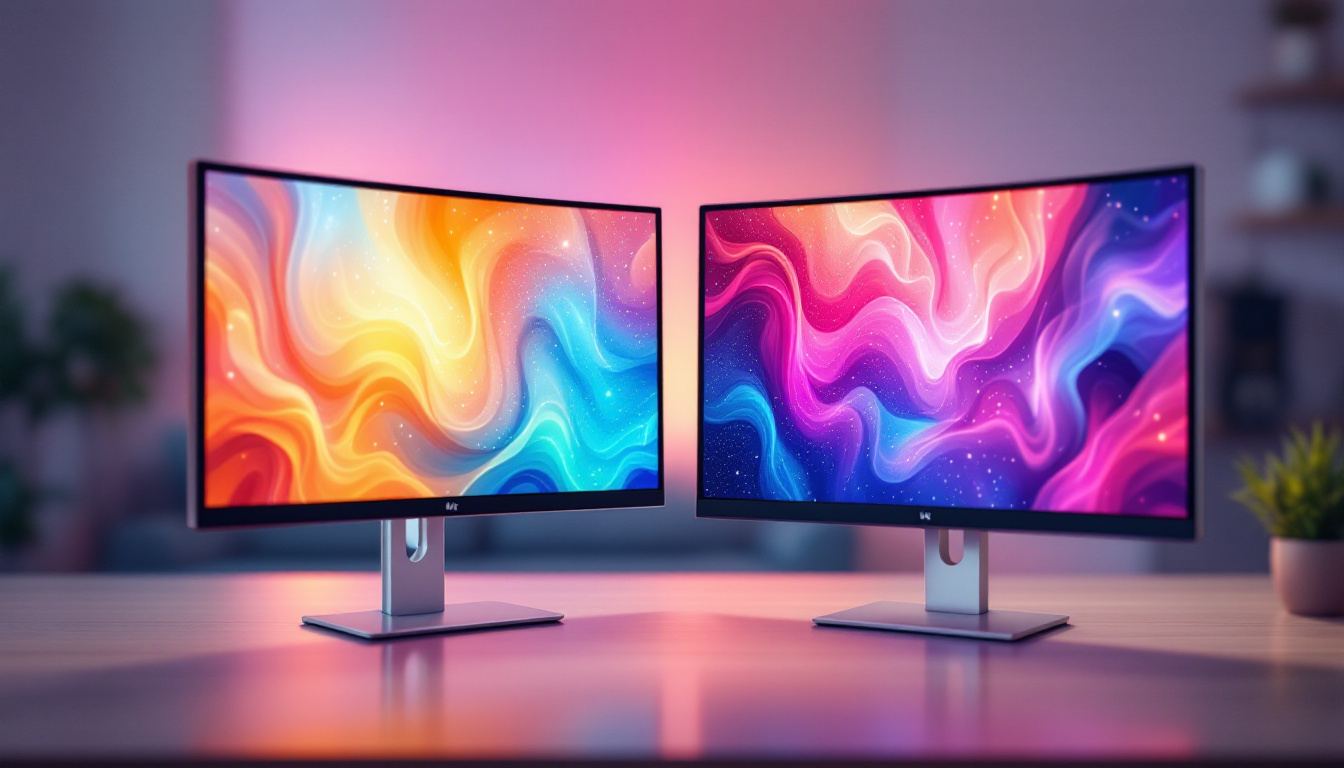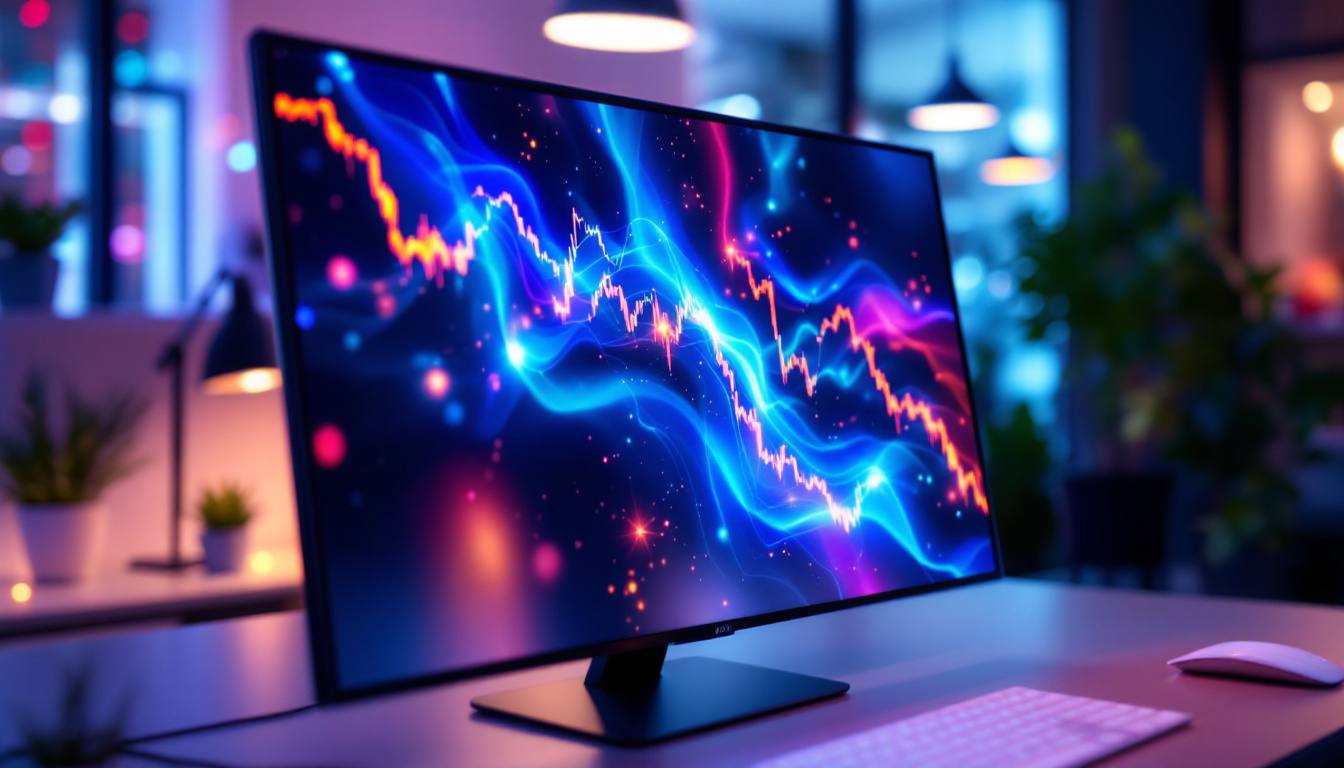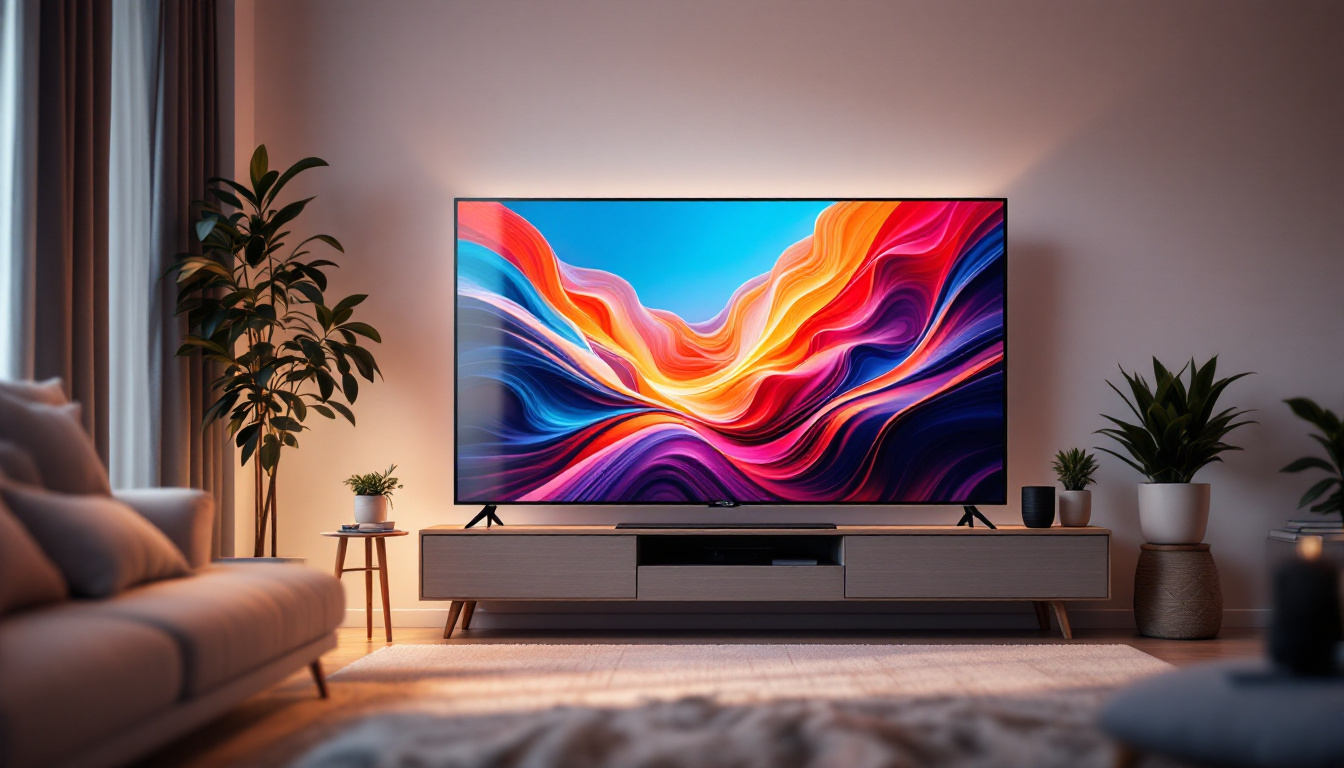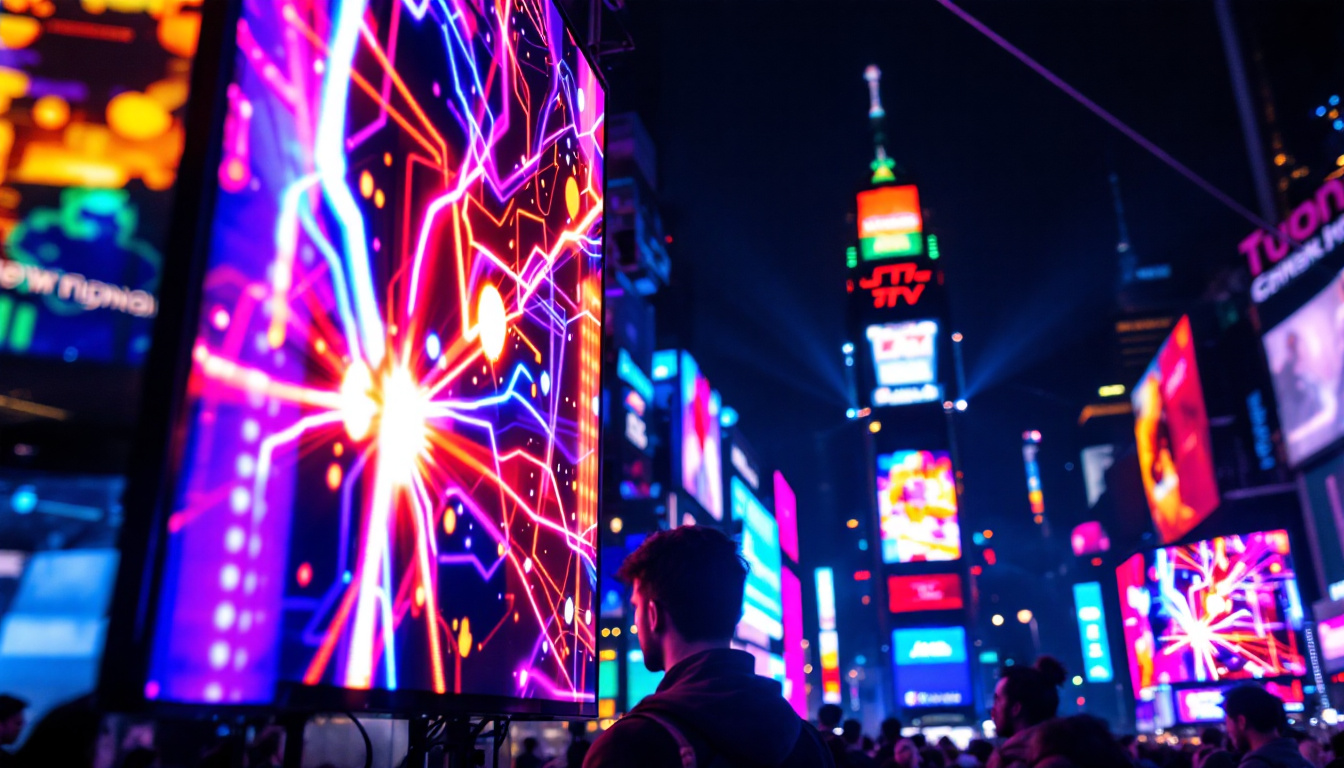In the world of modern display technology, two terms frequently arise: LED and LCD. Both have revolutionized how we experience visual content, but they operate on different principles and have distinct characteristics. Understanding these differences is essential for consumers and professionals alike, as it influences choices in everything from televisions to computer monitors. This article aims to demystify LED and LCD technologies, providing insights into their workings, advantages, and applications.
Understanding LCD Technology
Liquid Crystal Display (LCD) technology has been a staple in the display industry for decades. It utilizes liquid crystals sandwiched between two layers of glass or plastic. When an electric current passes through the liquid crystals, they align in a way that either blocks or allows light to pass through, creating images on the screen.
How LCDs Work
LCDs depend on a backlight to illuminate the display, as liquid crystals themselves do not emit light. Traditionally, this backlight was provided by fluorescent tubes, but modern LCDs often use LED backlighting, which enhances brightness and color accuracy. The combination of liquid crystals and a backlight allows for the creation of vibrant images with a wide range of colors.
The quality of an LCD display is influenced by several factors, including the type of liquid crystals used, the backlighting method, and the screen’s resolution. High-definition LCDs can produce sharp images, making them suitable for various applications, from televisions to smartphones. Additionally, advancements in technology have led to the development of various LCD types, such as IPS (In-Plane Switching) and TN (Twisted Nematic), each offering distinct advantages in terms of viewing angles and response times, catering to different user needs and preferences.
Advantages of LCD Displays
One of the primary advantages of LCD technology is its thin profile, which allows for sleek designs in modern devices. Additionally, LCDs are energy-efficient, especially when compared to older display technologies like CRTs. They also tend to have a longer lifespan and are less prone to burn-in, a phenomenon where static images can permanently affect the display quality.
Moreover, LCDs provide excellent color reproduction and are generally more affordable than their LED counterparts. This makes them an attractive option for budget-conscious consumers looking for quality displays. Furthermore, the versatility of LCD technology means it can be found in a wide range of devices, from computer monitors and televisions to digital signage and handheld devices. The ability to customize sizes and resolutions has made LCDs a preferred choice for manufacturers aiming to create user-friendly interfaces across various platforms.
Exploring LED Technology
Light Emitting Diode (LED) technology represents a significant advancement in display technology. While the term “LED” is often used interchangeably with “LCD,” it is essential to understand that LED refers to the light source used in the display rather than the display technology itself. LED displays can be either OLED (Organic LED) or LCDs with LED backlighting. The evolution of LED technology has transformed not only televisions and computer monitors but also a wide array of devices, including smartphones, tablets, and even lighting solutions for homes and offices.
How LED Displays Work
LED displays use semiconductor diodes that emit light when an electric current passes through them. This technology allows for more precise control of brightness and color than traditional LCDs. In an LED display, each pixel can emit its light, leading to improved contrast ratios and deeper blacks. The ability to manipulate individual pixels enhances the viewing experience, especially for high-definition and 4K content, where detail and clarity are paramount.
In the case of LED-backlit LCDs, the display still relies on liquid crystals to create images, but the backlighting is achieved using LEDs instead of fluorescent tubes. This results in brighter displays with better color accuracy and energy efficiency. Moreover, advancements in LED technology have led to the development of edge-lit and full-array backlighting techniques, further enhancing the uniformity and vibrancy of colors across the screen.
Advantages of LED Displays
LED displays offer several advantages over traditional LCDs. One of the most notable benefits is their superior contrast ratio. Since LEDs can turn on and off individually, they can produce true blacks, enhancing the overall picture quality. This capability is particularly beneficial for viewing content in low-light conditions. Furthermore, the rapid response time of LEDs minimizes motion blur, making them ideal for fast-paced video games and action-packed movies.
Additionally, LED displays are generally more energy-efficient than traditional LCDs, consuming less power while providing brighter images. This efficiency translates to lower electricity bills and a reduced environmental impact. As manufacturers continue to innovate, the lifespan of LED displays has also improved significantly, with many models boasting over 50,000 hours of usage before brightness diminishes. This longevity not only benefits consumers by reducing the frequency of replacements but also contributes to sustainability efforts by minimizing electronic waste.
Comparing LED and LCD Displays
While LED and LCD technologies are often discussed in tandem, understanding their differences is crucial for making informed purchasing decisions. The following sections will compare their key features, performance, and applications.
Image Quality
When it comes to image quality, LED displays typically outperform traditional LCDs. The ability of LEDs to produce deeper blacks and brighter whites contributes to a more dynamic range of colors. This is particularly noticeable in high-definition content, where the contrast can significantly enhance the viewing experience.
However, not all LED displays are created equal. High-end models with advanced features, such as local dimming and HDR (High Dynamic Range), can deliver exceptional image quality, rivaling even the best OLED displays. In contrast, lower-end LCD models may struggle to achieve the same level of performance.
Energy Efficiency
Energy efficiency is another critical factor to consider. LED displays are generally more energy-efficient than traditional LCDs, primarily due to their advanced backlighting technology. This efficiency not only benefits consumers through lower energy costs but also contributes to a more sustainable environment.
However, it is essential to note that energy consumption can vary based on the specific model and usage. For instance, larger displays or those set to higher brightness levels may consume more power, regardless of the technology used.
Cost Considerations
Cost is often a decisive factor for consumers when choosing between LED and LCD displays. Generally, traditional LCDs tend to be more affordable than LED displays, making them a popular choice for budget-conscious buyers. However, as technology advances and LED displays become more mainstream, the price gap is gradually narrowing.
Investing in an LED display may be worthwhile for those seeking superior image quality and energy efficiency. Over time, the savings on energy bills and the enhanced viewing experience can justify the initial investment.
Applications of LED and LCD Displays
Both LED and LCD displays have found their way into various applications, from consumer electronics to commercial uses. Understanding where each technology excels can help consumers make informed choices based on their needs.
Consumer Electronics
In the realm of consumer electronics, both LED and LCD displays are prevalent. Televisions, computer monitors, and smartphones often utilize these technologies to deliver high-quality visuals. LED displays are particularly popular for high-end televisions, where image quality is paramount.
On the other hand, traditional LCDs can still be found in budget-friendly devices, providing satisfactory performance for everyday use. As technology continues to evolve, the line between these two categories may blur, with many devices incorporating both technologies.
Commercial Applications
In commercial settings, LED displays have gained significant traction due to their versatility and superior performance. They are commonly used in digital signage, advertising displays, and large-scale video walls. The ability to create vibrant, eye-catching visuals makes LED technology an ideal choice for attracting customers and conveying messages effectively.
LCD displays also have their place in commercial applications, particularly in environments where cost is a primary concern. They are often used in conference rooms, classrooms, and retail displays, providing reliable performance without breaking the bank.
The Future of Display Technology
As technology continues to advance, the future of display technology looks promising. Innovations in both LED and LCD technologies are expected to enhance performance, energy efficiency, and affordability. Emerging technologies, such as MicroLED and MiniLED, are also gaining attention, offering even greater potential for improved image quality and efficiency.
Emerging Technologies
MicroLED technology, which utilizes tiny individual LEDs to create images, promises to deliver exceptional brightness, contrast, and color accuracy. This technology has the potential to rival OLED displays while eliminating some of the drawbacks associated with them, such as burn-in issues.
MiniLED technology, on the other hand, enhances traditional LCDs by using smaller LEDs for backlighting. This allows for more precise control over brightness and contrast, resulting in improved image quality. As these technologies mature, they may redefine the landscape of display technology.
Consumer Trends
Consumer preferences are also shifting, with an increasing demand for high-quality displays that offer immersive experiences. As a result, manufacturers are focusing on developing displays that cater to these needs, incorporating features such as HDR support, higher refresh rates, and enhanced color accuracy.
Moreover, the rise of smart devices and streaming services is driving the demand for advanced display technologies. Consumers are looking for displays that can deliver stunning visuals for gaming, movies, and other multimedia experiences, further fueling innovation in the industry.
Conclusion
In summary, both LED and LCD technologies have their unique advantages and applications. Understanding the differences between these two display types is crucial for making informed decisions, whether for personal use or commercial purposes. LED displays generally offer superior image quality, energy efficiency, and versatility, while traditional LCDs remain a cost-effective option for many consumers.
As technology continues to evolve, the future of display technology looks bright, with emerging innovations poised to enhance the viewing experience further. Whether opting for an LED or LCD display, consumers can find a wide range of options to suit their needs and preferences.
Ultimately, the choice between LED and LCD will depend on individual requirements, budget, and desired performance. By considering these factors, consumers can make informed decisions that lead to satisfying visual experiences.
Discover LumenMatrix’s Innovative LED Solutions
Ready to experience the pinnacle of display technology? LumenMatrix is at the forefront of LED innovation, offering a diverse range of LED display modules tailored to elevate your visual communication. From vibrant Indoor LED Walls to dynamic Outdoor Displays, and from versatile Vehicle LED Displays to engaging LED Sports Displays, our solutions are designed to captivate and engage your audience. Embrace the future of display technology with LumenMatrix and transform how you share your message. Check out LumenMatrix LED Display Solutions today and see the difference for yourself.




